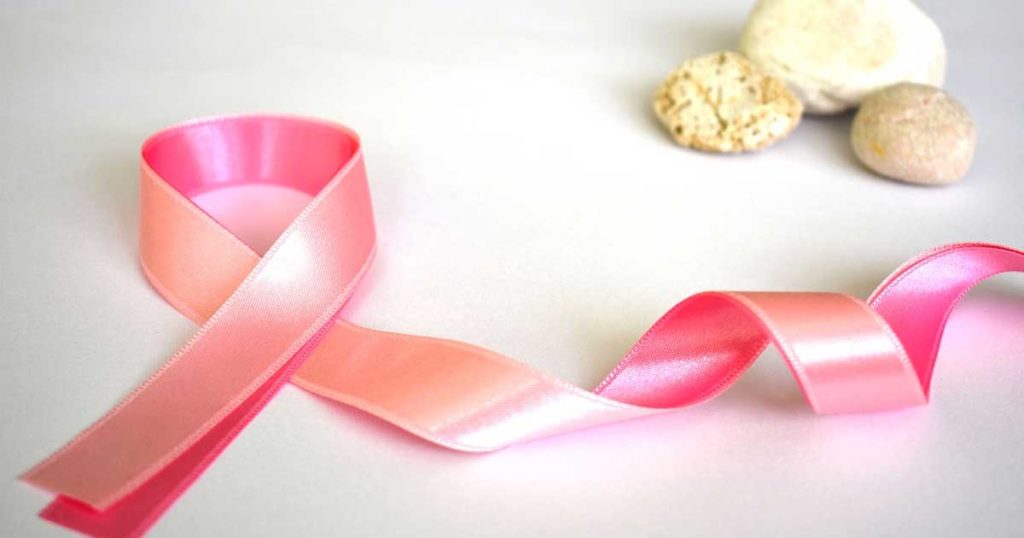Regular self-examinations can be invaluable in preventing breast cancer yet according to health surveys only a small number of us do them regularly. Here’s how to do it.
Breast cancer is the most common cancer in the UK. According to Cancer Research UK, more than 45,500 women were diagnosed with it in 2005 and around 300 men are diagnosed each year.
Your breasts continue to change in size and shape throughout your life, particularly around menstruation and the menopause. Regular self-examinations are vital for spotting any abnormal changes yet most of us don’t do them very often and when we do, we aren’t really sure what we’re supposed to be looking for. Breasts often feel lumpy, particularly during menstruation so how do you distinguish between temporary, hormonal lumps and bumps and something more serious?
When Should I Do It?
You need to check your breasts from puberty until old age. Experts suggest making a routine of it so it becomes second nature. Dr. Miriam Stoppard suggests doing it regularly to get thoroughly acquainted with how your breasts change in appearance and texture throughout your cycle. Once you are familiar check them once a month, after your period to give your hormones time to settle. Hormone changes can make them feel lumpy, tender, and sore.
How To Do It
Find somewhere private and quiet; after a bath or shower is ideal. Stand in front of a mirror so you can see them from the front and sides. Physical changes you need to be aware of include changes in size, prominent veins, rashes, eczema, dimples, puckering, or nipple discharge. Touch and look at the whole breast tissue – underneath your breasts and armpits. Check your clothes for any signs of leakage.
Dr. Miriam Stoppard suggests the following routine: –
Observing Your Breasts
Raise your arms above your head and look at your breasts in the mirror from the front and side. Put your hands on your hips firmly to tense your muscles. Lean forwards from the waist and look at them again from the front and sides.
Feeling Your Breasts
Lie flat on your back and raise your arm up behind your head to lift the breasts. It’s easier to use the opposite hand – your left hand on your right breast and vice versa. Make small circles starting on the nipple and spiraling outwards towards the armpits. Move your fingers vertically from beneath the breast to the top and then do the same horizontally. Feel beneath your breasts, all-around your armpits, décolletage, and up to your collarbone.
What If I Find a Lump?
Don’t panic. Most lumps and tender spots are hormonal and linked to menstruation or benign fluid-filled cysts that are easily removed. A lump doesn’t mean you have breast cancer. Check the opposite breast to see if there is a lump in the same place so you know whether it is normal to you. Wait until your period has finished to see whether it disappears. If it doesn’t make an appointment with your doctor to get it checked out.
Breast Screening Programmes
In the UK women aged between 50-70 years are invited to have a mammogram (an x-ray of the breast that detects small cancers in early stages). Women who have a family history of breast cancer are invited to have this done before the age of 50. Screening is done every three years at present and plays an important role in reducing the number of deaths from breast cancer.
Resources
- Breast Health, Dr. Miriam Stoppard, Dorling Kindersley Limited, 2003.
